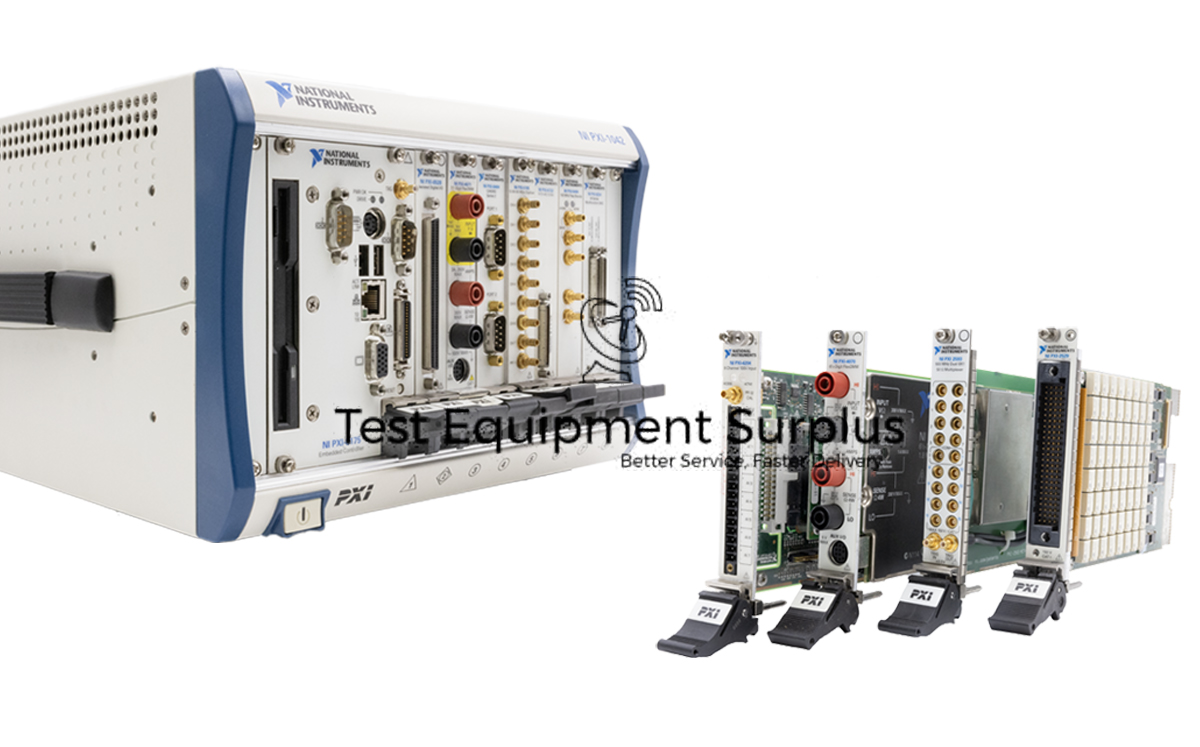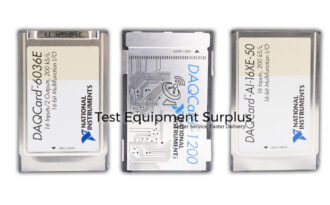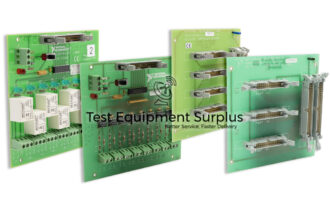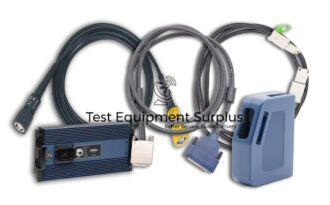Description
The National Instruments PXI-PCI8366 Remote Controller, with part number 781396-01, connects to PXI and CompactPCI systems through an MXI-Express fiber-optic link, ensuring high-speed data transfer with a maximum sustained throughput of 95 MB/s and a maximum peak throughput of 132 MB/s.
Comprising both a PCI-8366 board and a PXI-8366 module, this remote controller provides software transparency for easy integration and control, while its fiber-optic cabling ensures electrical isolation and supports a maximum cabling distance of 200 meters per link.
The front panel is equipped with LEDs that display the power and link status, offering a simple visual indication of the system’s state. Despite its obsolete status announcement, the PXI-PCI8366 remains available for purchase and repairs through Apex Waves, ensuring long-term support for users.
| Specification | Detail |
|---|---|
| Part Number | 781396-01 |
| Product Type | National Instruments PXI-PCI8366 Remote Controller |
| Connection Type | MXI-Express (fiber-optic) |
| Components | PCI-8366 board, PXI-8366 module |
| Maximum Sustained Throughput | 95 MB/s |
| Maximum Peak Throughput | 132 MB/s |
| Software Transparency | Yes |
| Electrical Isolation | Yes (via fiber-optic cabling) |
| Maximum Cabling Distance | 200 meters per link |
| Front Panel LEDs Indication | Power and Link Status |
| Obsolete Status | Announced |
| Availability | Available for purchase and repairs by Apex Waves |
Question 1: What is the maximum cabling distance supported by the National Instruments PXI-PCI8366 Remote Controller’s fiber-optic connection, and how does it indicate the system’s power and link status to the user?
Answer 1: The National Instruments PXI-PCI8366 Remote Controller supports a maximum cabling distance of 200 meters for its MXI-Express fiber-optic link.
Question 2: Considering the National Instruments PXI-PCI8366 Remote Controller’s capabilities, what are the maximum sustained and peak throughputs it can achieve, and how far can the fiber-optic cabling reach without compromising the connection?
Answer 2: The National Instruments PXI-PCI8366 Remote Controller is capable of high-speed data transfer with a maximum sustained throughput of 95 MB/s and a maximum peak throughput of 132 MB/s, features a PCI-8366 board and a PXI-8366 module that ensure software transparency for seamless integration and control, and its fiber-optic cabling provides electrical isolation while allowing a maximum cabling distance of 200 meters per link.
Question 3: What is the maximum cabling distance supported by the National Instruments PXI-PCI8366 Remote Controller for its MXI-Express fiber-optic link?
Answer 3: The National Instruments PXI-PCI8366 Remote Controller’s fiber-optic connection supports a maximum cabling distance of 200 meters, and it indicates the system’s power and link status to the user through LEDs on the front panel.
Question 4: What are the capabilities and specifications of the National Instruments PXI-PCI8366 Remote Controller, including its maximum sustained and peak throughput rates, integration features, and distance limitations for its fiber-optic cabling?
Answer 4: The National Instruments PXI-PCI8366 Remote Controller can achieve a maximum sustained throughput of 95 MB/s and a maximum peak throughput of 132 MB/s, with the fiber-optic cabling supporting a maximum distance of 200 meters per link without compromising the connection.
Question 5: What is the maximum cabling distance supported by the National Instruments PXI-PCI8366 Remote Controller, and how does its LED-equipped front panel assist users?
Answer 5: The National Instruments PXI-PCI8366 Remote Controller supports a maximum cabling distance of 200 meters, and its LED-equipped front panel assists users by offering a visual indication of the power and link status to easily monitor the system’s state.





